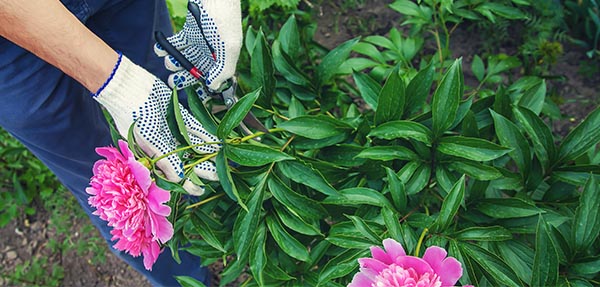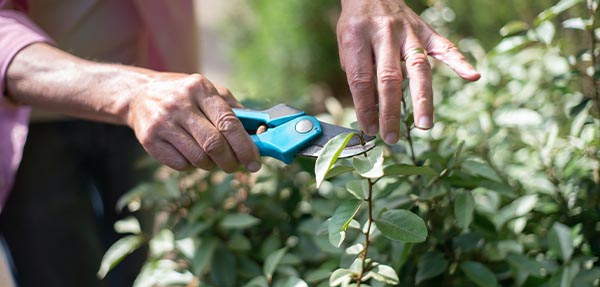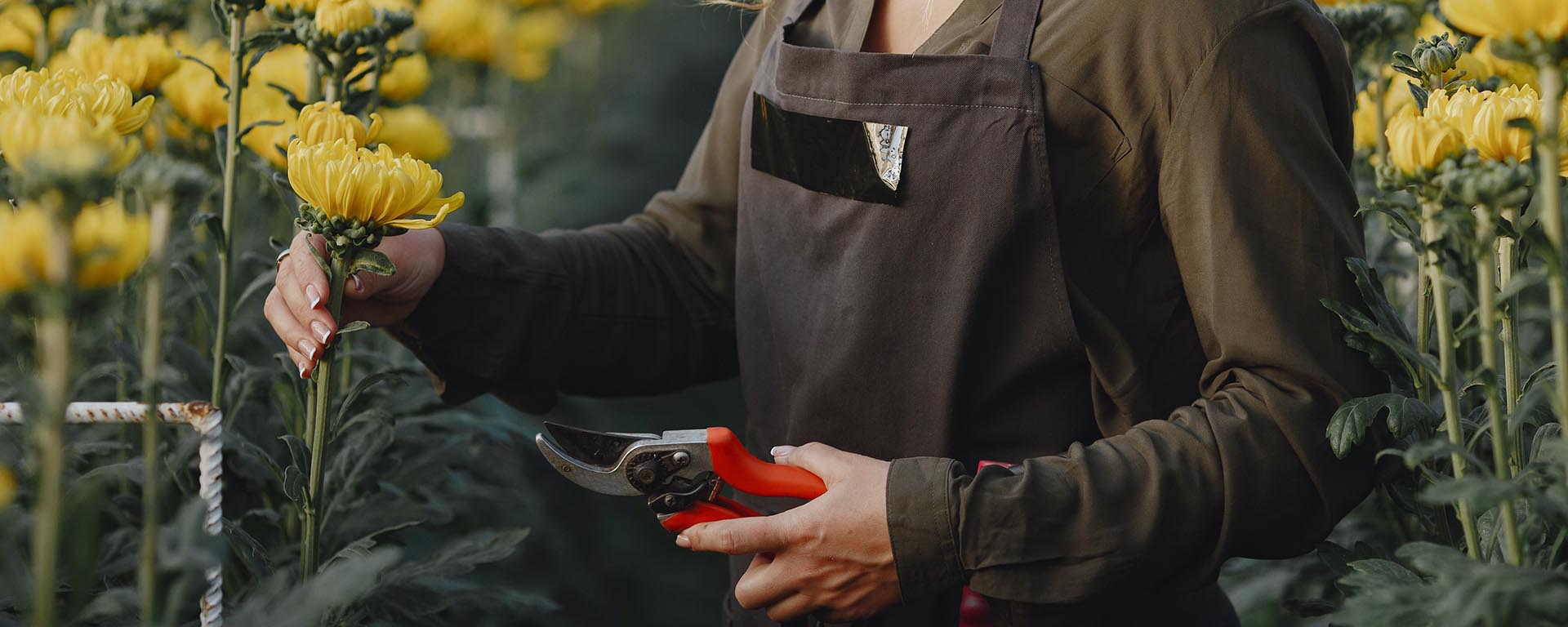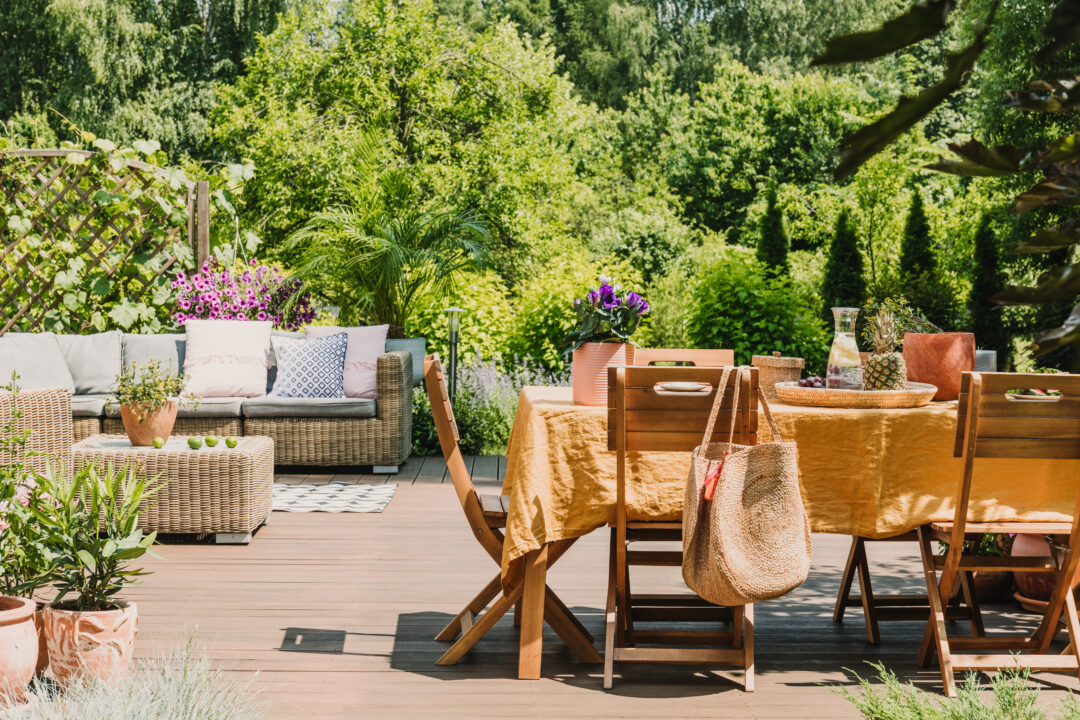Welcome to the world of gardening and outdoor maintenance, and more specifically, pruning. This is a delicate process where the dance of nurturing and shaping your plants takes centre stage. The art of pruning is a fundamental skill that can transform your garden from a chaotic thicket to a beautifully balanced landscape.
In this guide, we’ll explore why pruning is essential and provide you with valuable techniques to master this horticultural artistry.
Why Pruning is Important

Pruning isn’t just about the aesthetics of your home; it’s a vital practice that promotes the overall health and vitality of your plants. Here’s why:
1. Encourages Healthy Growth: Pruning removes dead, diseased, or weak branches, directing the plant’s energy towards robust growth. This leads to stronger stems and branches that can better support the weight of flowers and fruit.
2. Enhances Air Circulation: Thinning out dense foliage allows for better airflow, reducing the risk of fungal diseases. Proper air circulation also prevents moisture buildup, which can attract pests and diseases.
3. Shapes and Structured: Pruning gives you control over the shape and structure of your plants. You can guide their growth to create appealing forms that suit your garden’s design.
4. Increases Flowering and Fruiting: Removing spent blooms and unproductive branches encourages more flowers and fruit production. This results in a more abundant and visually appealing garden.
Pruning Techniques and Tips

1. Choose the Right Tools: Having the right gardening tools will make a world of difference. Invest in quality pruning tools like sharp secateurs, loppers, and pruning saws. Clean and sharpen them regularly for precise cuts.
2. Identify Dead and Diseased Branches: Start by removing dead, damaged, or diseased branches. Make clean cuts just above a healthy bud or branch collar.
3. Thin Out Overgrowth: Thin out dense areas to improve airflow and light penetration. Remove branches that cross or rub against each other to prevent damage.
4. Prune After Flowering: For flowering plants, prune right after they finish blooming. This ensures you don’t cut off future buds and flowers.
5. Shape and Size Control: To shape your plants, trim back branches that are growing in the wrong direction or disrupting the plant’s overall form. Maintain a balanced and harmonious appearance.
6. Cut at the Right Angle: Make your cuts at a slight angle, sloping away from the bud or branch collar. This prevents water from accumulating on the cut surface.
7. Sterilise Tools: Cleaning and maintaining your gardening tools is essential to their effectiveness. Between cuts on different plants, sterilise your tools to prevent the spread of diseases. A solution of rubbing alcohol or bleach works well for this.
8. Regular Maintenance: Pruning is an ongoing process. Regularly inspect your plants and remove any dead or unwanted growth.
Conclusion
By mastering the art of pruning, you’ll create a garden that flourishes with health, beauty, and vitality. And if you’re looking to devote more time to other priorities in your life then leave the perfecting of your garden to an expert. The ideal place to find multiple vetted gardening and home cleaning experts is SweepSouth.
When you book a SweepSouth cleaning service, you’ll experience the difference of a seamless, stress-free booking process, followed by a service that will wow you and leave your home spotless. Trust the expert SweepStars to handle your home cleaning needs, allowing you to spend more time to relax in your flourishing garden.









